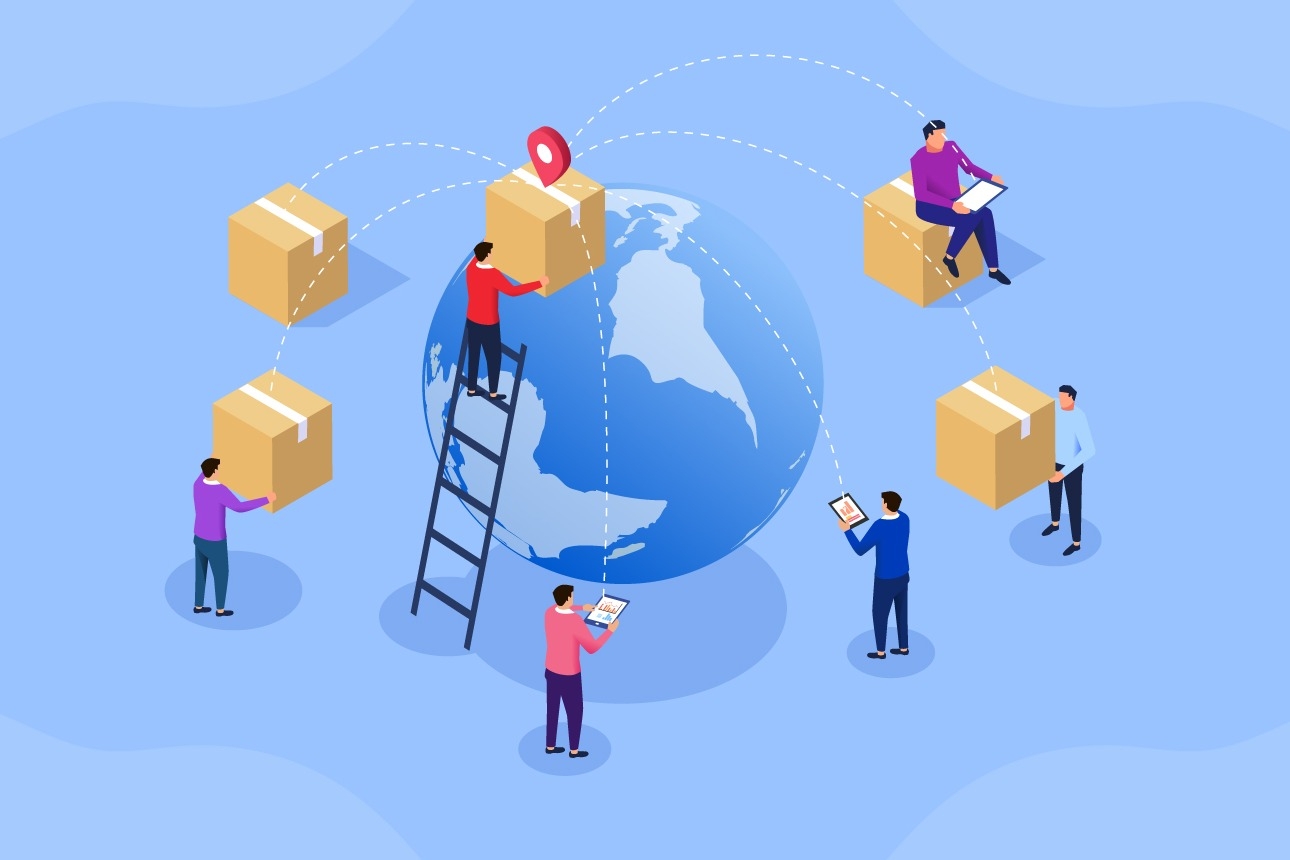
What causes supply chain disruptions? Supply chain disruptions happen when unexpected events mess up the flow of goods and services from producers to consumers. These disruptions can be caused by natural disasters like hurricanes or earthquakes, which damage infrastructure and delay shipments. Political issues, such as trade wars or sanctions, can also create barriers. Additionally, labor strikes or shortages can halt production lines. Technological failures, like cyberattacks, can disrupt communication and logistics systems. Even pandemics, as seen with COVID-19, can lead to widespread supply chain chaos due to lockdowns and restrictions. Companies often face challenges in predicting these disruptions, making it crucial to have contingency plans. Understanding these causes helps businesses prepare better and minimize impacts.
Understanding Supply Chain Disruptions
Supply chain disruptions can cause chaos for businesses and consumers alike. These interruptions can stem from various sources, each with its own unique impact. Let's explore some fascinating facts about these disruptions.
-
Natural Disasters: Earthquakes, hurricanes, and floods can halt production and transportation, leading to significant delays. For instance, the 2011 earthquake in Japan disrupted global electronics and automotive supply chains.
-
Pandemics: COVID-19 showed how a global health crisis can cripple supply chains, causing shortages in everything from medical supplies to toilet paper.
-
Political Instability: Wars, coups, and political unrest can disrupt trade routes and manufacturing hubs. The ongoing conflict between Russia and Ukraine has affected energy supplies and agricultural exports.
The Role of Technology in Supply Chains
Technology plays a crucial role in managing and mitigating supply chain disruptions. From tracking shipments to predicting potential issues, tech is a game-changer.
-
Blockchain: This technology offers transparency and traceability, helping companies track products from origin to destination, reducing fraud and errors.
-
Artificial Intelligence: AI can predict disruptions by analyzing data patterns, allowing companies to prepare and adapt quickly.
-
Internet of Things (IoT): IoT devices provide real-time data on inventory and transportation, helping businesses make informed decisions.
Human Factors in Supply Chain Disruptions
People are at the heart of supply chains, and human factors can significantly impact their efficiency and reliability.
-
Labor Strikes: Worker strikes can halt production and shipping, leading to delays and increased costs. The 2019 General Motors strike in the U.S. cost the company billions.
-
Skill Shortages: A lack of skilled workers can slow down production and innovation, affecting the entire supply chain.
-
Cultural Differences: Misunderstandings and miscommunications between international partners can lead to delays and errors.
Environmental and Economic Impacts
Supply chain disruptions have far-reaching effects on the environment and economy, influencing everything from carbon footprints to consumer prices.
-
Carbon Emissions: Disruptions can lead to increased emissions as companies resort to less efficient transportation methods to meet demand.
-
Price Fluctuations: Shortages and delays can cause prices to spike, affecting consumers and businesses alike.
-
Waste: Perishable goods can spoil during delays, leading to increased waste and financial losses.
Strategies to Mitigate Supply Chain Disruptions
Businesses can adopt various strategies to minimize the impact of disruptions and maintain smooth operations.
-
Diversification: Sourcing materials from multiple suppliers reduces reliance on a single source, minimizing risk.
-
Inventory Management: Maintaining safety stock can help companies weather short-term disruptions without affecting customer satisfaction.
-
Collaboration: Working closely with suppliers and partners can improve communication and coordination, reducing the likelihood of disruptions.
The Future of Supply Chains
As the world evolves, so do supply chains. Emerging trends and innovations promise to reshape how businesses manage disruptions.
-
Sustainability: Companies are increasingly focusing on sustainable practices to reduce environmental impact and improve resilience.
-
Reshoring: Bringing production closer to home can reduce reliance on international suppliers and improve supply chain stability.
-
Digital Twins: These virtual models of supply chains allow companies to simulate and test different scenarios, improving decision-making and resilience.
Real-World Examples of Supply Chain Disruptions
Examining real-world cases provides valuable insights into the causes and consequences of supply chain disruptions.
-
Suez Canal Blockage: In 2021, the Ever Given container ship blocked the Suez Canal, disrupting global trade and causing billions in losses.
-
Chip Shortage: The global semiconductor shortage has affected industries from automotive to consumer electronics, highlighting the vulnerability of supply chains.
-
Brexit: The UK's exit from the EU created new trade barriers and regulations, leading to delays and increased costs for businesses.
-
Trade Wars: Tariffs and trade restrictions between countries can disrupt supply chains, forcing companies to adapt quickly to changing regulations.
The Ripple Effect of Supply Chain Disruptions
Supply chain disruptions have a massive impact on businesses and consumers alike. From delayed shipments to increased costs, these hiccups can throw a wrench in the works. Companies need to be nimble, adapting quickly to unexpected changes. Technology plays a crucial role in managing these challenges, offering solutions like real-time tracking and predictive analytics. But it's not just about tech. Building strong relationships with suppliers and having a contingency plan can make all the difference. Consumers, on the other hand, might face higher prices or limited product availability. Understanding these disruptions helps everyone involved make better decisions. Whether you're a business owner or a shopper, being aware of the supply chain's complexities can help you navigate its ups and downs. Staying informed and prepared is key to weathering any storm that comes your way.
Was this page helpful?
Our commitment to delivering trustworthy and engaging content is at the heart of what we do. Each fact on our site is contributed by real users like you, bringing a wealth of diverse insights and information. To ensure the highest standards of accuracy and reliability, our dedicated editors meticulously review each submission. This process guarantees that the facts we share are not only fascinating but also credible. Trust in our commitment to quality and authenticity as you explore and learn with us.


